A visit to the Seiko Museum Ginza in Tokyo
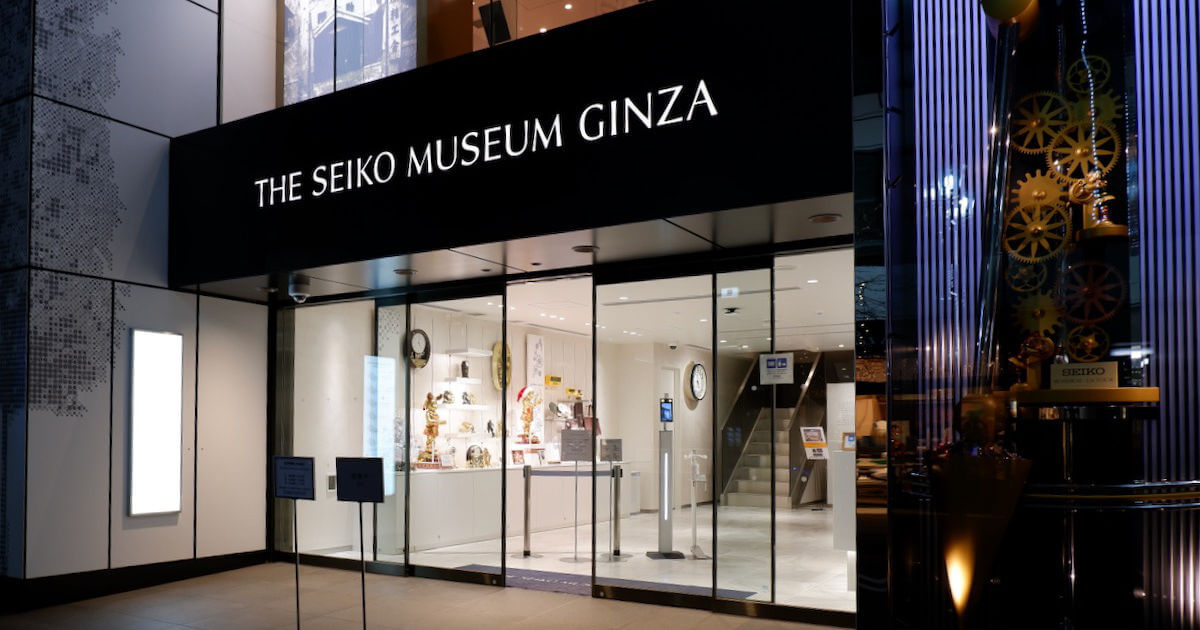
In December 2022 I was in Tokyo so I took a trip to the (relatively) new Seiko Museum in Ginza. It relocated from Sumida in August 2020, and the exhibits are pretty much the same but now in a more convenient location. Plus it's a short walk from the iconic Wako "Seiko House" store.
One thing to be aware of is that admission to the museum is free but by advance reservation only, due to COVID-19 restrictions. Fortunately I was able to book a slot on the same day, but I recommend reserving a few days in advance, just in case. Having said that, you get up to two hours so you're able to enjoy the exhibits at your own pace and with not many people around.
Floor 2: "Always one step ahead of the rest"
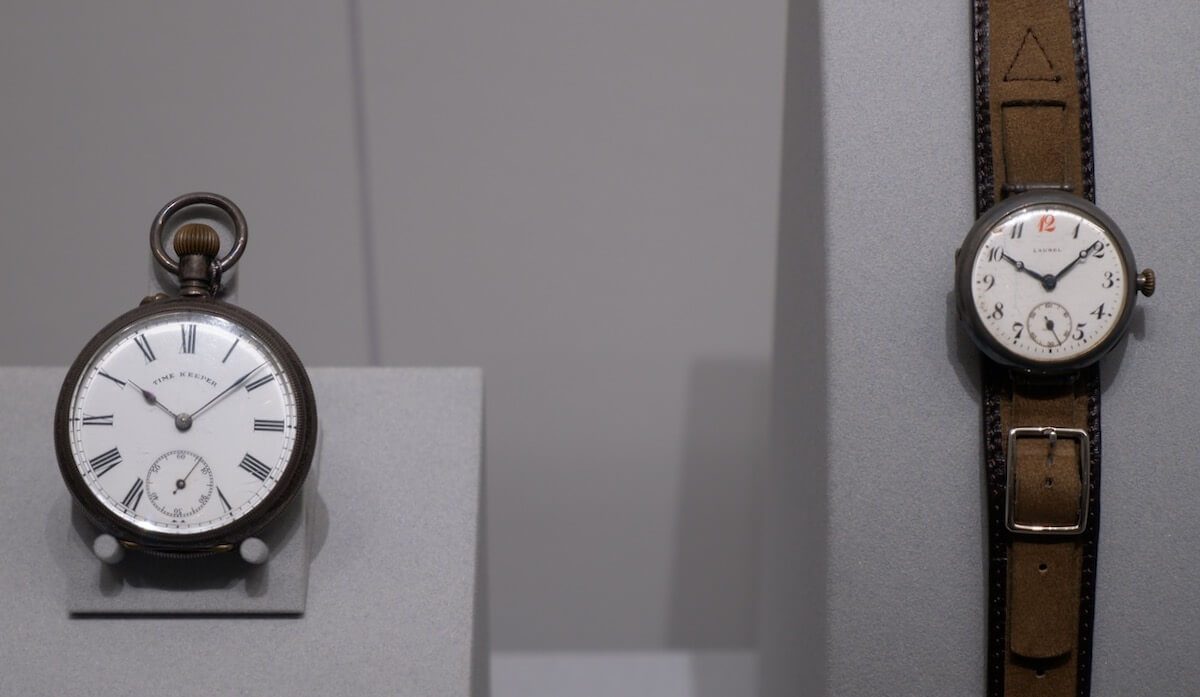
The museum staff recommend visitors start on this floor and go up, finishing with the basement exhibits last. So that's what I did. Floor 2 is dedicated to Seiko founder Kintarō Hattori, and the early days of Seikosha and then Seiko.
Highlights: Japan's first alarm clock and wristwatch. A working balance wheel drilling machine. An exhibit showing pocket watches melted in the great 1923 Tokyo earthquake.
Floor 3: "From time indicated by nature to human-made time"
I moved quickly through this floor as I was short on time, but it shows the ancient history of timekeeping as well as "wadokei", clocks for Japan's seasonal-based time system (no longer used).
Highlights: An iron movement tower clock from around 1500.
Floor 4: Precise (Seiko) time
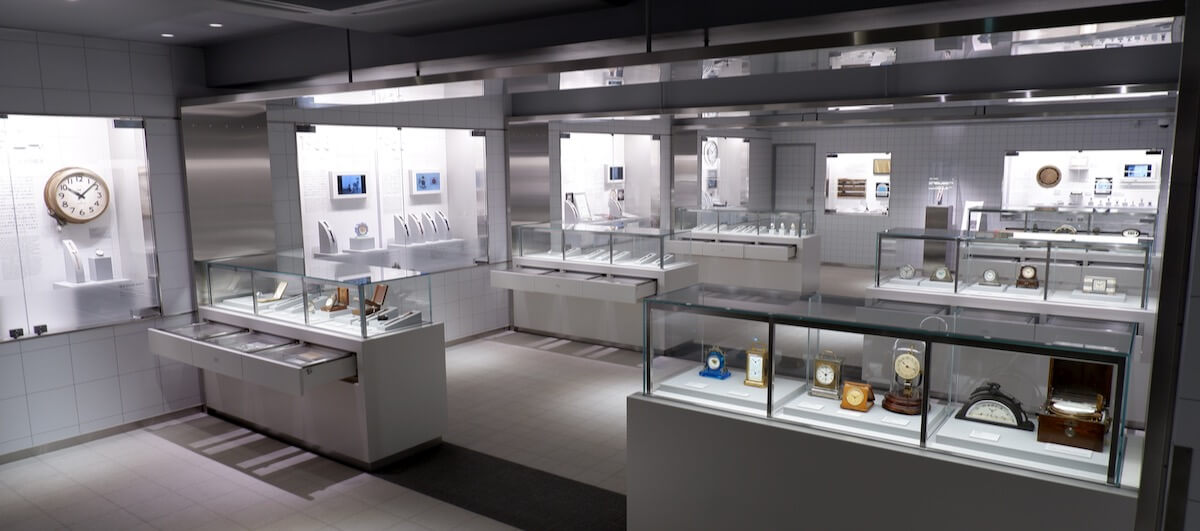
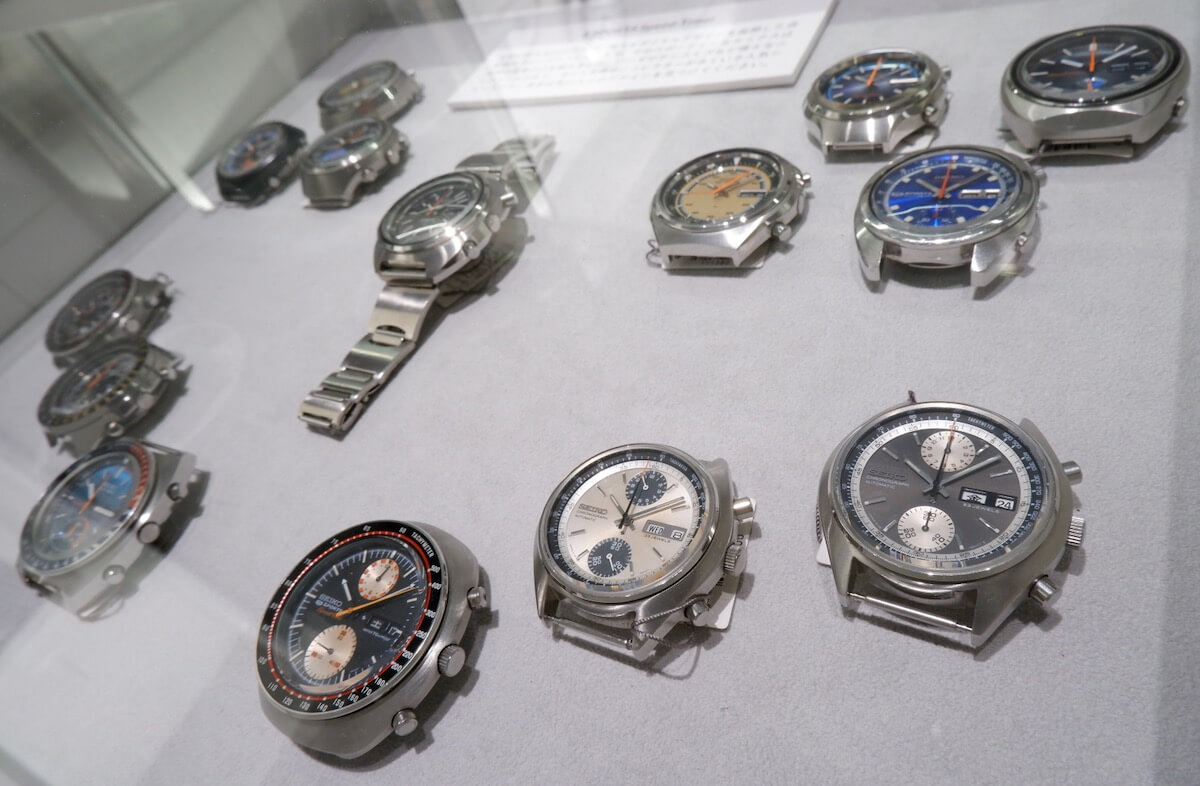

This floor showcases many historic Seiko clocks and watches including several world firsts, such as the first quartz watch (Astron 35SQ, 1969) and the first mass production automatic chronograph (cal. 6139, 1969).
Highlights: A collection of special dial watches, none of which I'd seen before. The infamous TV watch as featured in Octopussy. And of course the gold Astron!
Floor 5: "A variety of times"
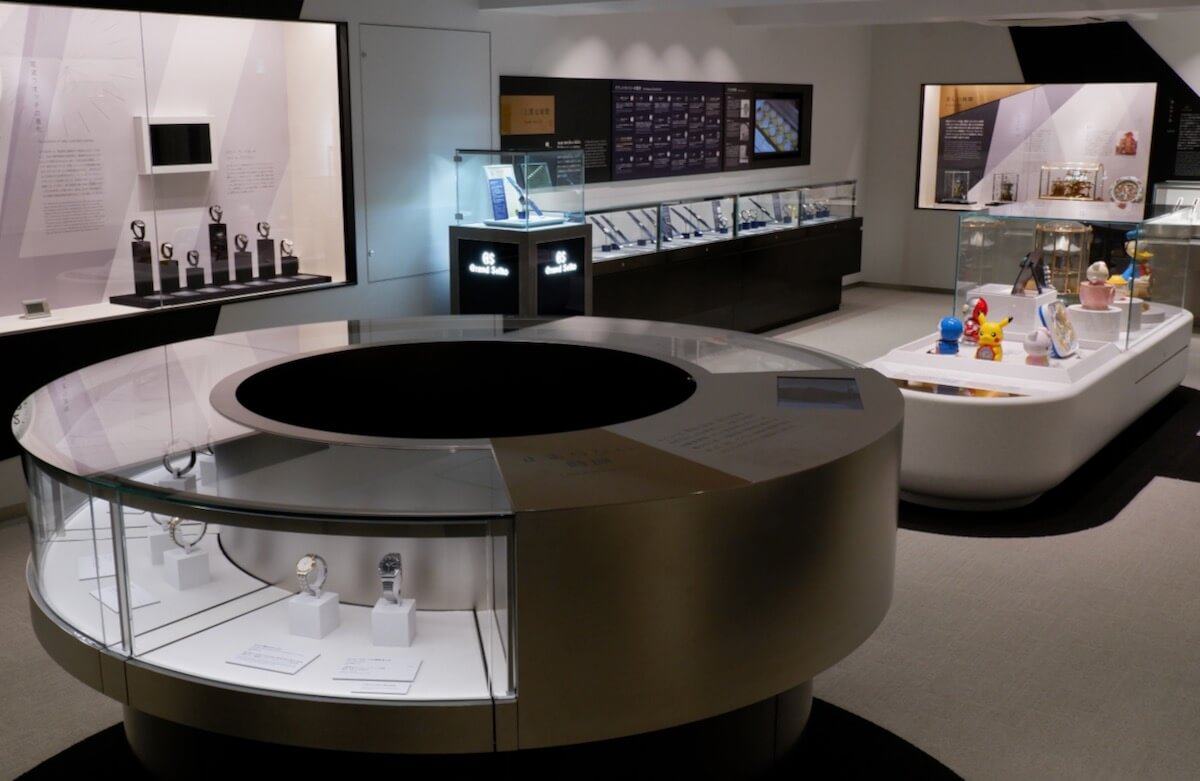
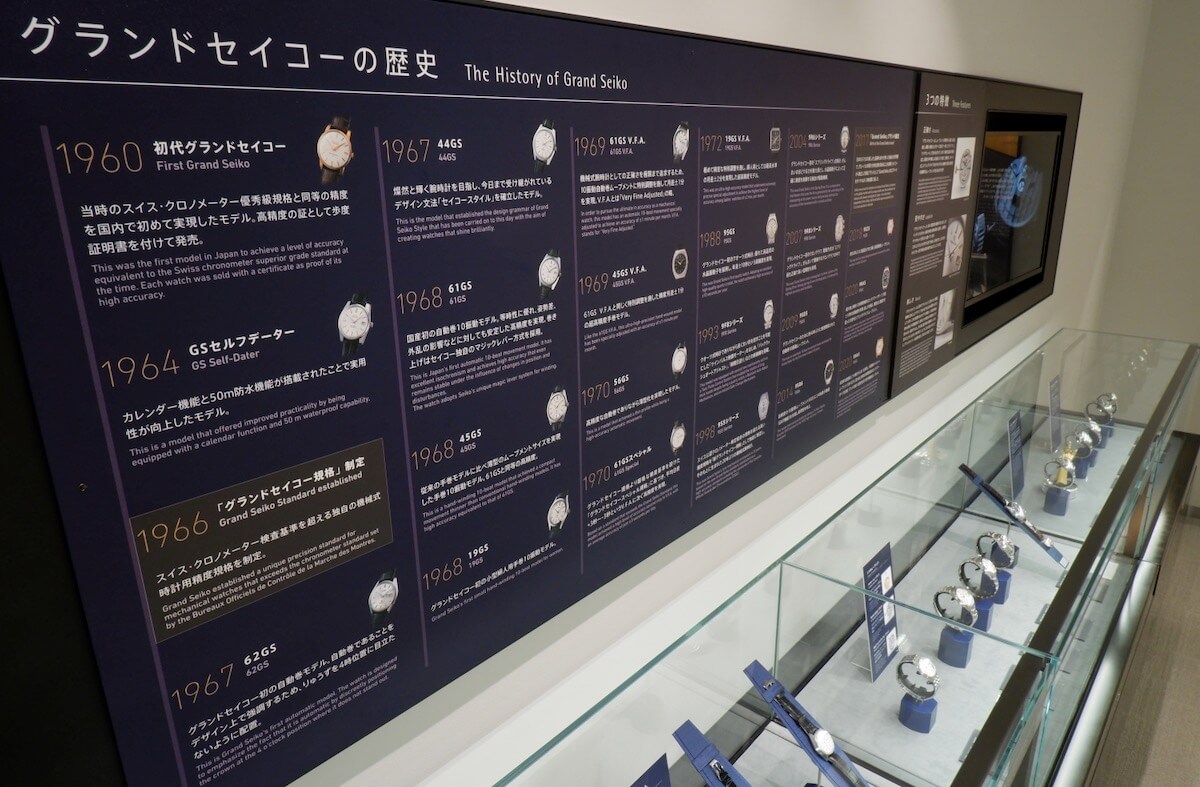
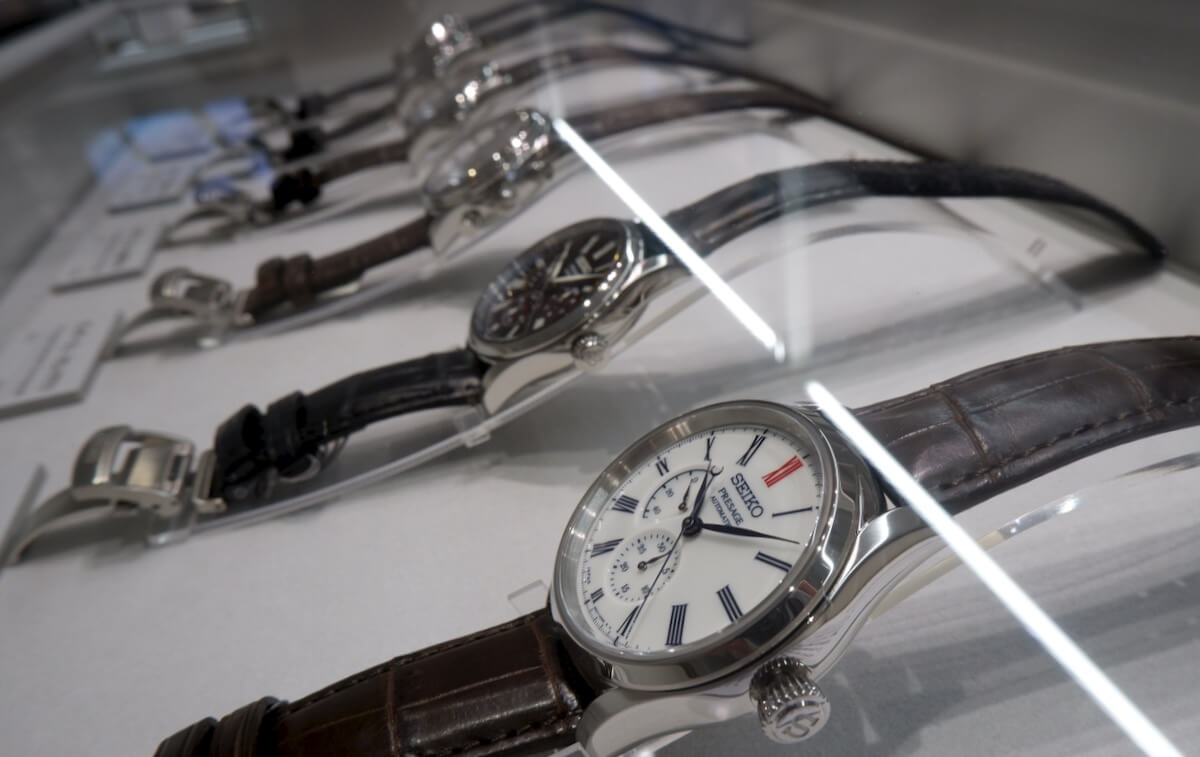
Whereas floor 4 is more historic, this floor is more about unusual and high-end watches. There are several significant kinetic models, a whole case showing the history of Grand Seiko, and examples of exquisite movement decoration.
Highlights: An unusual "Thermic" watch, which generates power through thermal energy. Lots of high-end Presage and Grand Seiko models.
Floor B1: "Extreme times"
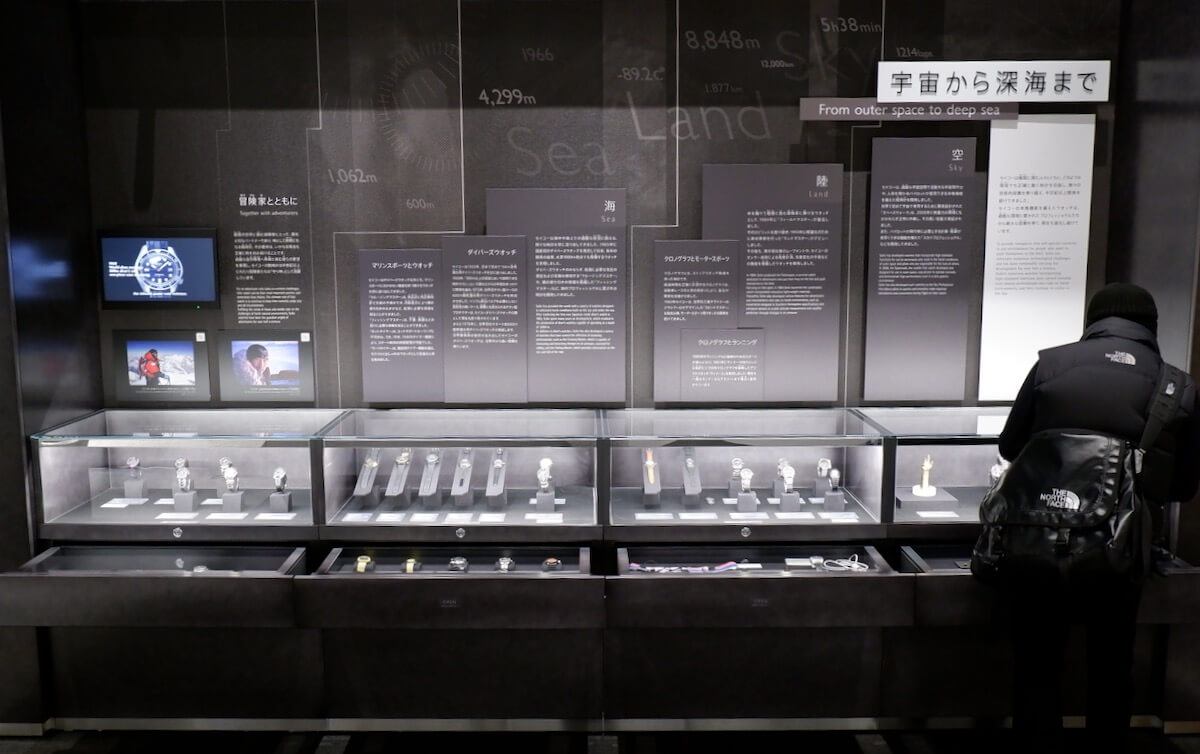
If, like me, you were wondering "where are the divers?", they're here in the basement, which is dedicated to timekeeping for sports and extreme environments. As well as the milestone models you'd expect, I was also delighted to see the rare Spring Drive Spacewalk watch, the first watch custom built from scratch for space travel.
Highlights: The Spacewalk watch, early divers, and notable adventurer watches.
In summary
Pros
- The size feels small but it's actually just right — there's plenty to see without getting tired.
- Good English signage and descriptions.
- The staff are friendly and helpful. :-)
- The museum website has good, clear information about the facilities.
- Convenient location.
Cons
- It looks like the reservation system is in Japanese only.
- It would be nice if there were more interactive "hands on" exhibits, for example demonstrating how watches work.
- I'd love there to be mirrors behind the watches to see the caseback and maybe even movement.
Overall I'd highly recommend a visit to the museum for any Seiko fan, and there are enough general timekeeping exhibits to be interesting for non-Seiko fans too. If you can't make it to Tokyo, below is a video tour which should hopefully be the next best thing.
And finally, for even more eye candy, Plus9Time has a very detailed review of the Seiko Museum Ginza with many more photos.
If you liked this, check out more articles about repairing, restoring and enjoying Seiko watches.